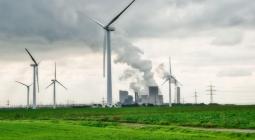5 things to know about EU’s Fit for 55 climate package
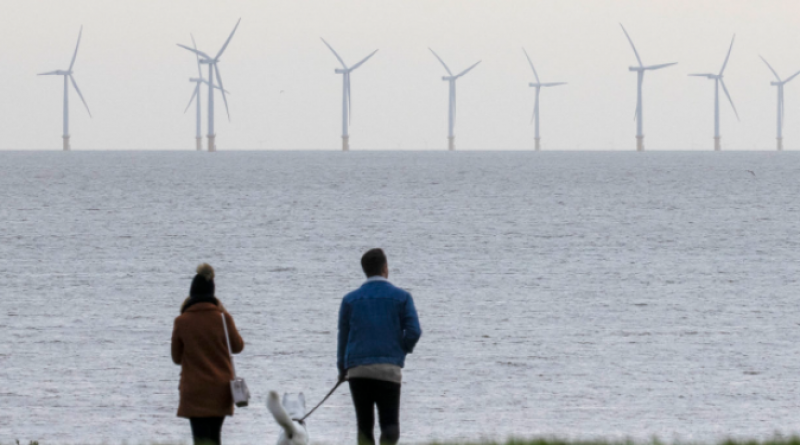
The mammoth plan sets out how Europe will slash emissions over the next decade.
Although it sounds like an exercise program for the middle-aged — Fit for 55 is actually the European Commission's plan to set the EU on course to slash greenhouse gas emissions by 55 percent by 2030.
Drastic changes are in store for the bloc's businesses and people. Cutting emissions that steeply that quickly — part of an effort to hit net zero emissions by 2050 — is going to require a dramatic revamp of how people drive, insulate their homes, produce things like steel and cement, how forests and land are managed and more.
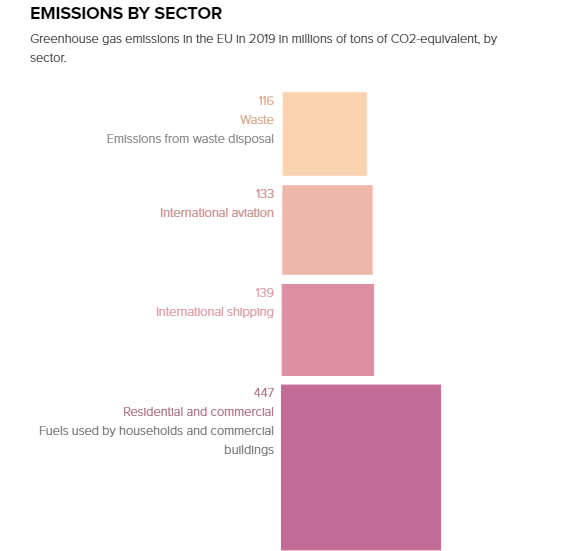
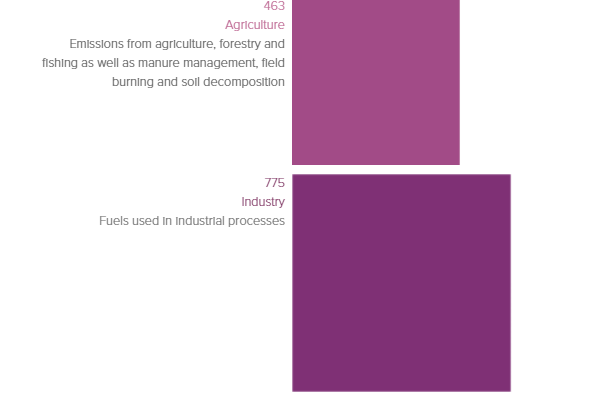
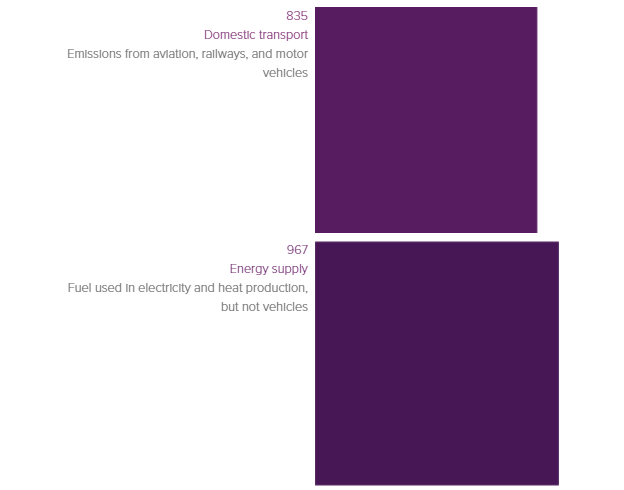

"Fit for 55 will align our laws with our ambition. We will strengthen the EU Emissions Trading System, update the Energy Taxation Directive, and propose new CO2 standards for cars, new energy efficiency standards for buildings, new targets for renewables, and new ways of supporting clean fuels and infrastructure for clean transport," EU Green Deal chief Frans Timmermans said in May.
It's the first time that a major economy is radically overhauling its climate rules, and is being watched around the world.
The Fit for 55 package will be announced on July 14.
1. Cleaning up cars, ships and airplanes
Transport accounts for about a quarter of the EU’s greenhouse gas emissions. And, contrary to other sectors such as energy and industry, emissions are rising, but the Commission figures they'll need to fall by 90 percent by mid-century.
That makes cars a big target. The package will tighten the EU's existing CO2 emission performance standards from the current goal of a 37.5 percent reduction by 2030. There's now a battle in the Commission about the numbers in Fit for 55. EU officials are mulling whether to set a zero emissions target from 2035 and to boost the existing 2030 target to 60 percent.
If zero emissions cars are to happen, they'll need a huge leap in public recharging and refueling points — also part of Fit for 55.

The package also includes measures to boost the use of sustainable fuels in aviation and to cut down on maritime emissions — which will have an impact by making flights more expensive and increasing the prices of goods shipped by sea.
2. Charging a price for pollution
Cutting emissions means making it more expensive to pollute.
The main vehicle for putting a price on pollution is the Emissions Trading System (ETS), which sets prices for emissions permits needed by over 11,000 power plants and industrial installations, as well as airlines, covering around 40 percent of the bloc’s greenhouse gases. After years of very low prices, a mix of reforms and the pressure of tougher climate legislation has driven prices to more than €50 per ton of emitted carbon.
Fit for 55 will look at further squeezing the number of permits, limiting free permits and expanding the scheme to new parts of the economy such as maritime shipping and imposing tougher conditions on aviation.
Ideas of extending emissions trading to the road transport and building sectors, in particular, are creating a political minefield, as high emitting countries from Poland to Luxembourg worry higher fuel prices will hit their economies and people hard.
The Commission seems undeterred by the opposition, and in recent weeks has stepped up its campaign to extend carbon pricing while buffering the social impact through a new social fund.
3. Carbon border wars
High carbon prices in the EU create the danger of so-called carbon leakage — a term for producers skipping to jurisdictions with laxer rules and then shipping goods back into the EU.
The EU's plan to stop that is called the Carbon Border Adjustment Mechanism. According to a draft proposal for a carbon border levy obtained by POLITICO, Fit for 55 will suggest the EU puts a price on imports of steel, aluminum, cement, fertilizer and electricity, to be phased in from 2023. The levy would mirror ETS prices.
That's setting off a scrap with the U.S., which doesn't have a national carbon price, and is creating fear among EU neighbors like Turkey and Ukraine — which stand to be hit hard by the CBAM.
EU companies are also lobbying frantically for the Commission not to end free ETS pollution permits for energy-intensive industries such as steel or cement. But any effort to keep freebies while setting a carbon border levy look likely to fall afoul of World Trade Organization rules.
4. More renewable energy
Fit for 55 also means a big boost for renewables.
It will increase the bloc's renewable energy target for 2030 from the current 32 percent to as high as 40 percent, according to draft proposals seen by POLITICO. That will include proposals to slash red tape by making it easier for wind and solar projects to get permits and connect to the grid.

Brussels will also look to green biomass use, which makes up the bulk of EU renewables, boost the use of renewables in powering buildings, and ramp up storage to buffer renewable power fluctuations.
The package will also give a regulatory push to renovating buildings — seen as an environmental and economic silver bullet to green the bloc's pandemic recovery, promote local jobs and ready the Continent's homes for more frequent climate shocks.
5. Dodging a political blowback
Memories of the Yellow Jackets protests that roiled France are still pretty fresh, so Fit for 55 will try to divvy up emissions cuts and costs across the bloc without triggering a populist backlash.
To hit the 55 percent reduction target, EU countries will have to slash emissions by around 10 percentage points beyond the current target in non-ETS sectors, according to Commission calculations. But capitals don’t want to be saddled with higher (not to mention unpopular and costly) national targets under the Effort Sharing Regulation.

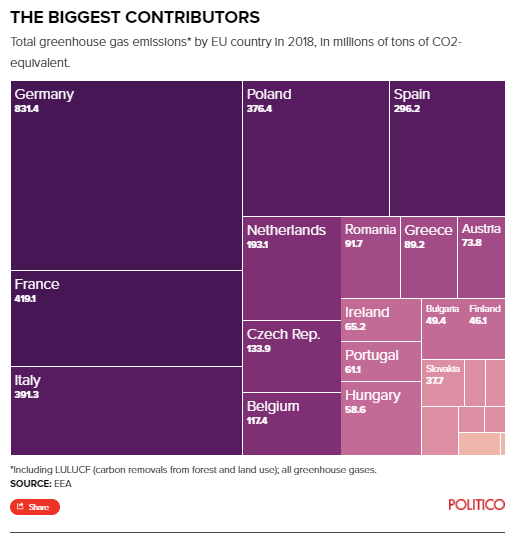
As always with EU climate politics, the conversation will eventually boil down to hard cash.
That's why officials are targeting a mix of market measures, carbon pricing, standards and green targets to speed up emission cuts and spread the costs while shielding vulnerable groups from rising prices.
June 2021
POLITICO


